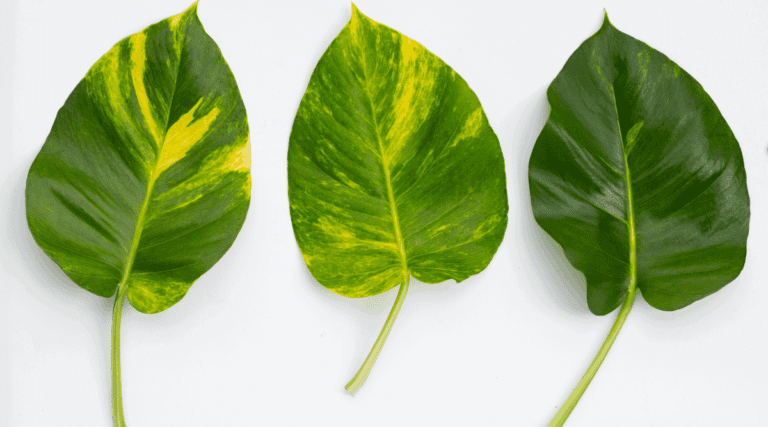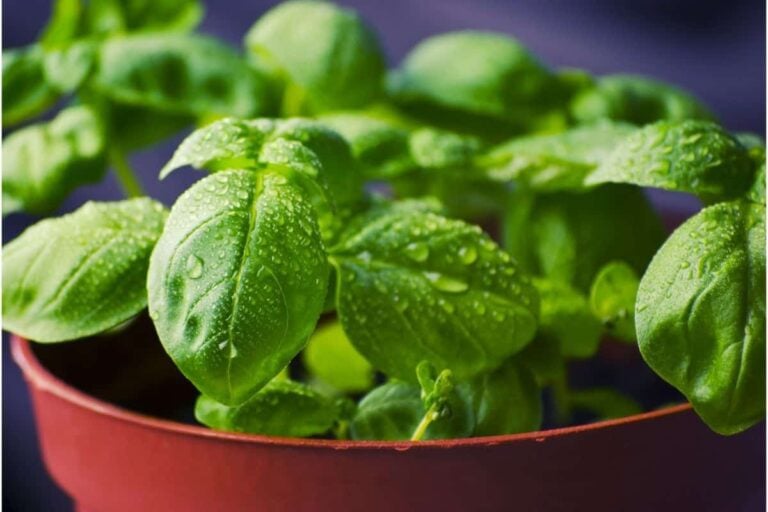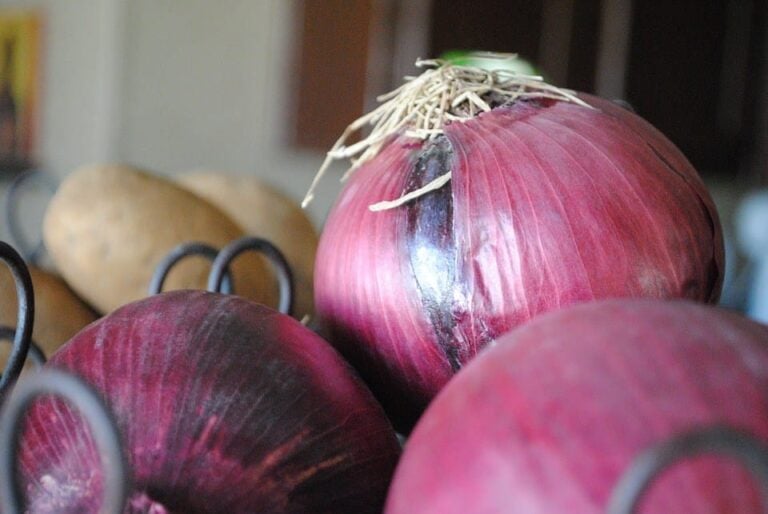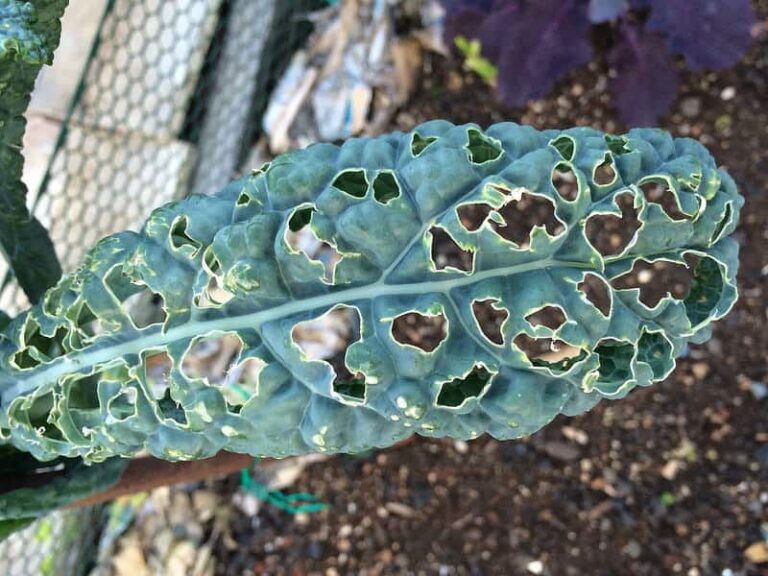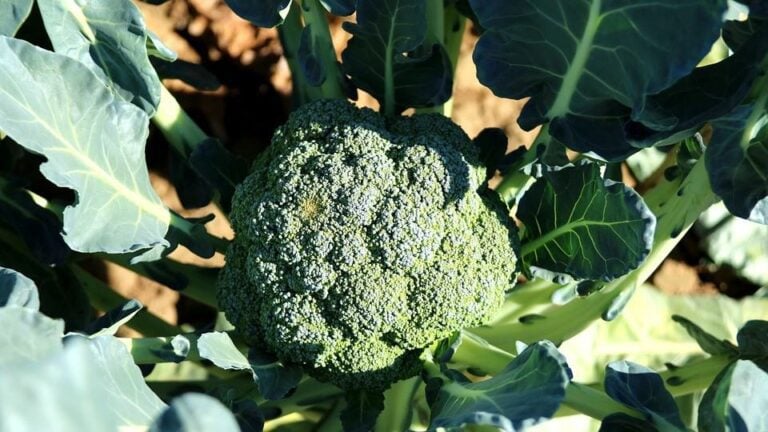Knowing When To Harvest Tomatillos While Being Ripe
Relatives of the most common tomatoes, tomatillos have their origins in Mexico, are smaller than their cousins and have a green or purple skin when mature.
Tomatillos also have a distinctive taste, that resembles the taste of bell peppers with a citrus hint rather than the taste of green tomatoes.
Used for many healthy and tasty dishes, tomatillos are becoming more and more popular all over the world. But since their maturity status determines their final use, determining when to harvest tomatillos is a must. So, let’s find out more about how to grow and harvest this delicious veggie.
How To Grow Tomatillos

Tomatillos have a long growing period, and the crops are usually started indoors in clay pots. Typically, if you intend to transfer the crops outdoors, you should plant the seeds in clay pots about six weeks before the final spring frost.
Once outside, tomatillos should be transferred in a well-drained, fertile soil and planted at distances of about 25 inches apart. The soil should be warm enough to promote germination and you should also keep in mind that the plants will need about eight hours of direct sunlight per day.
Tomatillo plants have a high yield, one plant producing in average one and a half to two pounds of fruits throughout the season.
Since most recipes require about half a pound of tomatillos, and since you will need a minimum of two plants to ensure the pollination of the blooms, you should consider growing at least three-four tomatillos plants per season.
How To Tell When A Tomatillo Is Ripe
Tomatillo fruits develop inside “hoods”, namely green, yellow or purple husks that change color based on the variety of the plant.
In the case of the tomatillos, the color is usually not a maturity indicator. Therefore, you will have to check the above-mentioned husk to determine if the fruit is ripe or not.
If the husks are split open, regardless of their color, the tomatillos are ripe and ready to be harvested. However, even if the husks are not split, if they turned brown and have a papery look, then the tomatillos are also ripe.
When To Harvest Tomatillos
Tomatillos should be harvested after 75-100 days from sowing, which usually means from late July onwards. If you want to maintain the production of the plant throughout the season, harvest tomatillo fruits at intervals of 7-10 days.
Tomatillos should be harvested before being fully ripe. The reason of this is simple, green tomatillos have a tart, zesty flavor that is needed for the preparation of tomatillo salsas and soups. Fully ripe tomatillos are sweeter and are more suitable for the preparation of jams.
The best time to harvest tomatillo fruits is early in the morning. To determine when to harvest tomatillos, you should follow the next easy steps.
1. Record the date when tomatillo plants sowed and count 75 days from that date. If you didn’t register that date, you can record the date when you transplanted the tomatillos and count about 65 days.
2. Check the husks regularly as soon as you notice the fruits. As soon as the husks turn brown and get a papery texture it is time to harvest. If the husk splits and you can see a part of the fruit, you should harvest regardless of the color of the husk.
3. You can either pluck the fruits from the plants with your hands or use a garden pruner to harvest the fruits.
Once harvested, tomatillos should be used right away to prepare salsas or green soups. If you want to harvest sweeter tomatillos to prepare jams, wait until the fruit is fully ripe, usually of a green-yellow color.
If you want to preserve tomatillos, you should place them in a cool and dry place, or in the refrigerator, for several weeks or freeze them if you plan to store the fruits for longer periods. Another preservation method is to can them.
If you plan to store tomatillos in a refrigerator, you should keep the husk on the fruits until consumption and put them in a paper bag.
Final Thoughts
Tomatillos are definitely delicious veggies to grow in your garden or balcony, rich in nutrients and in vitamin C. When to harvest tomatillos is also easy to determine. So why not grow your own crop?
If you have any questions, or if you want to share your experience with us, please leave a comment below.
And don’t forget to record the transplantation date of the plants to know when it’s time to harvest!
Read also our other articles about when to harvest basil or onions.

